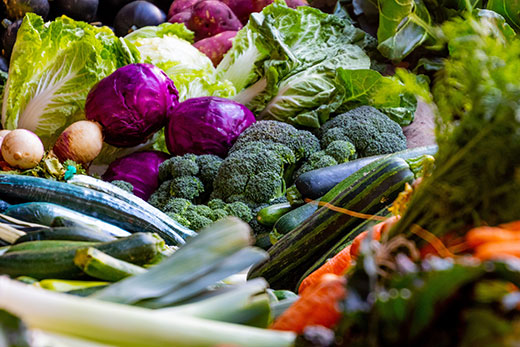
A bountiful fall harvest begins with planting crops in August and September.
Plant vegetables soon for autumn salad
K-State’s Upham says next few weeks are prime for planting fall garden
August 6, 2020
MANHATTAN, Kan. – Got salad?
If growing vegetables was not in your summer gardening plans, Kansas State University horticulture expert Ward Upham says the time is right to build a nice set of greens this fall.
“The middle of August and early September is a good time to plant such salad crops as lettuce, radishes, spinach, turnips, mustard and other greens for a fall harvest,” Upham said.
Compared to summer, fall crops should be planted slightly deeper, he said. “This will keep the seed cooler, though still warm, and the soil should retain moisture longer.”
Additional tips for fall vegetables include:
- Water frequently until seedlings start to emerge, “which should be soon with our warmer soils,” Upham said.
- Apply a light sprinkling of peat moss, vermiculite or compost directly over the row to prevent a crust from forming when watering heavy soils.
- Reduce watering after plants emerge.
- Build fencing or other deterrents to keep rabbits and insects away from the plants.
Upham and his colleagues in K-State’s Department of Horticulture and Natural Resources produce a weekly Horticulture Newsletter with tips for maintaining gardens and home landscapes. The newsletter is available to view online or can be delivered by email each week.
Interested persons can also send their garden- and yard-related questions to Upham at wupham@ksu.edu, or contact your local K-State Research and Extension office.
